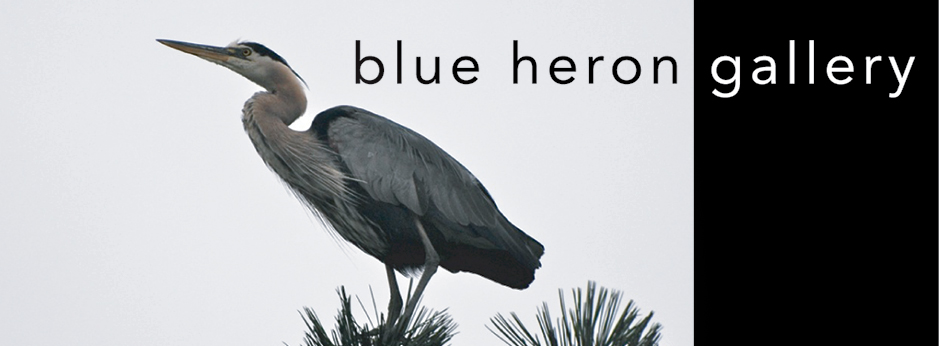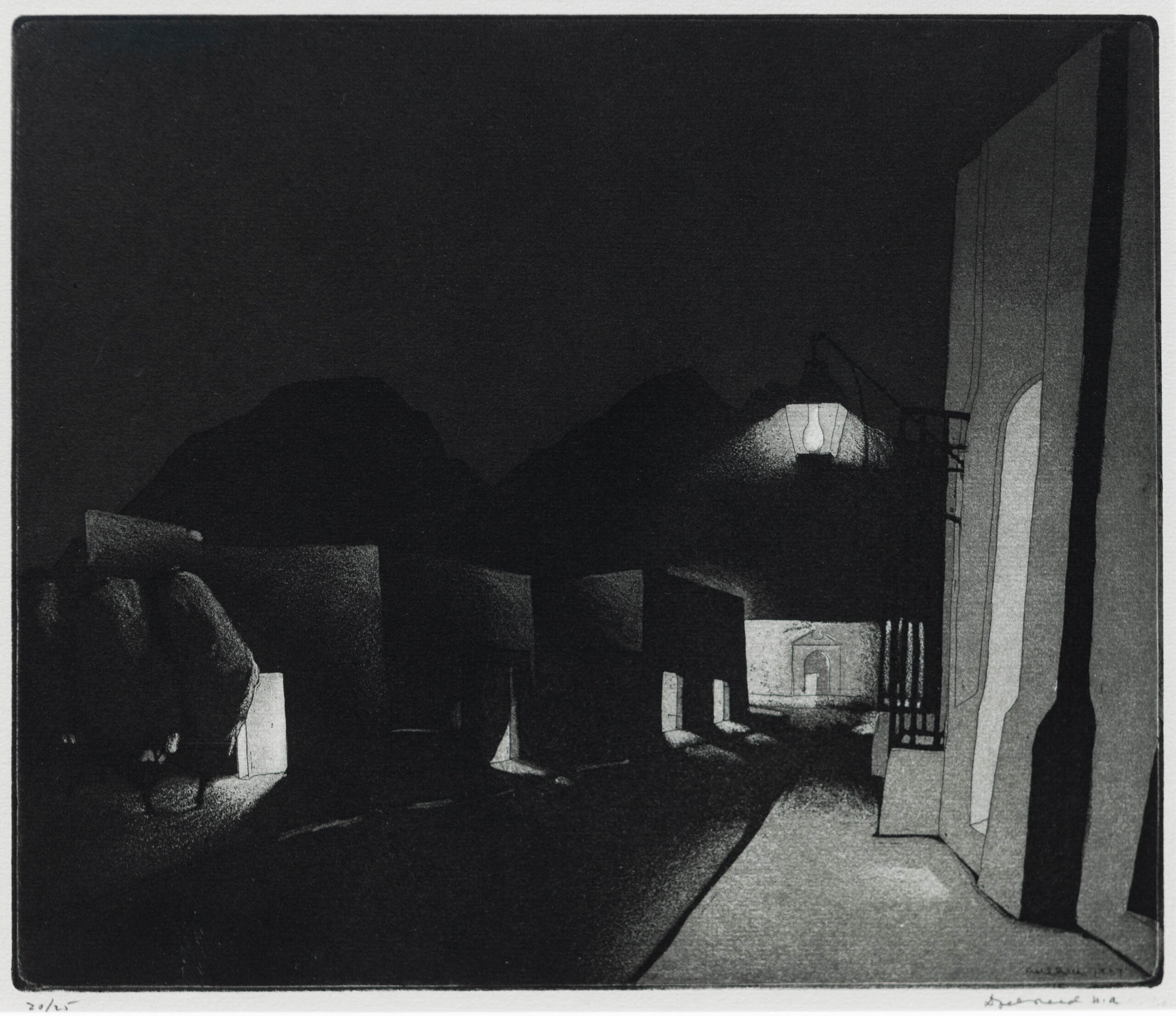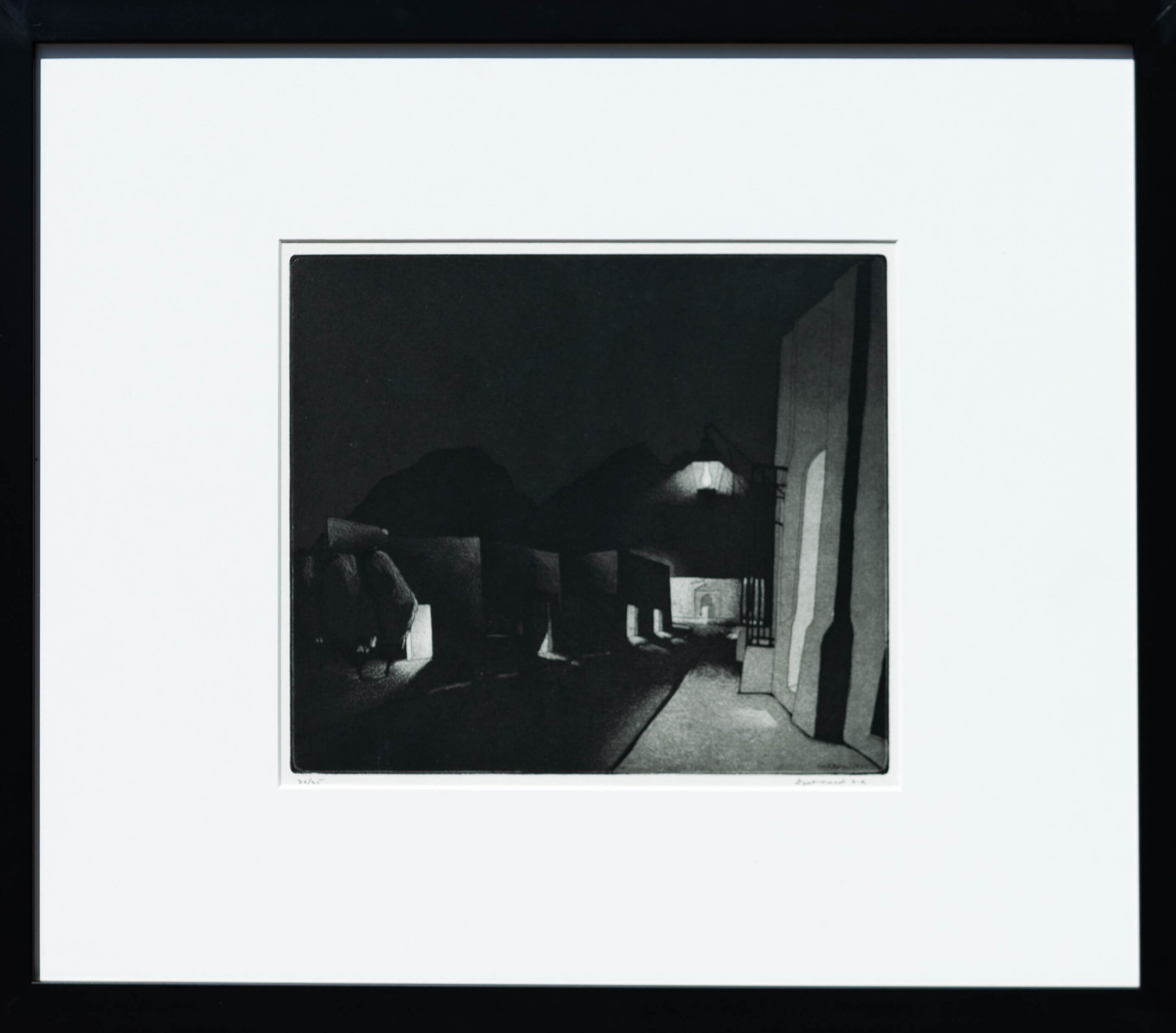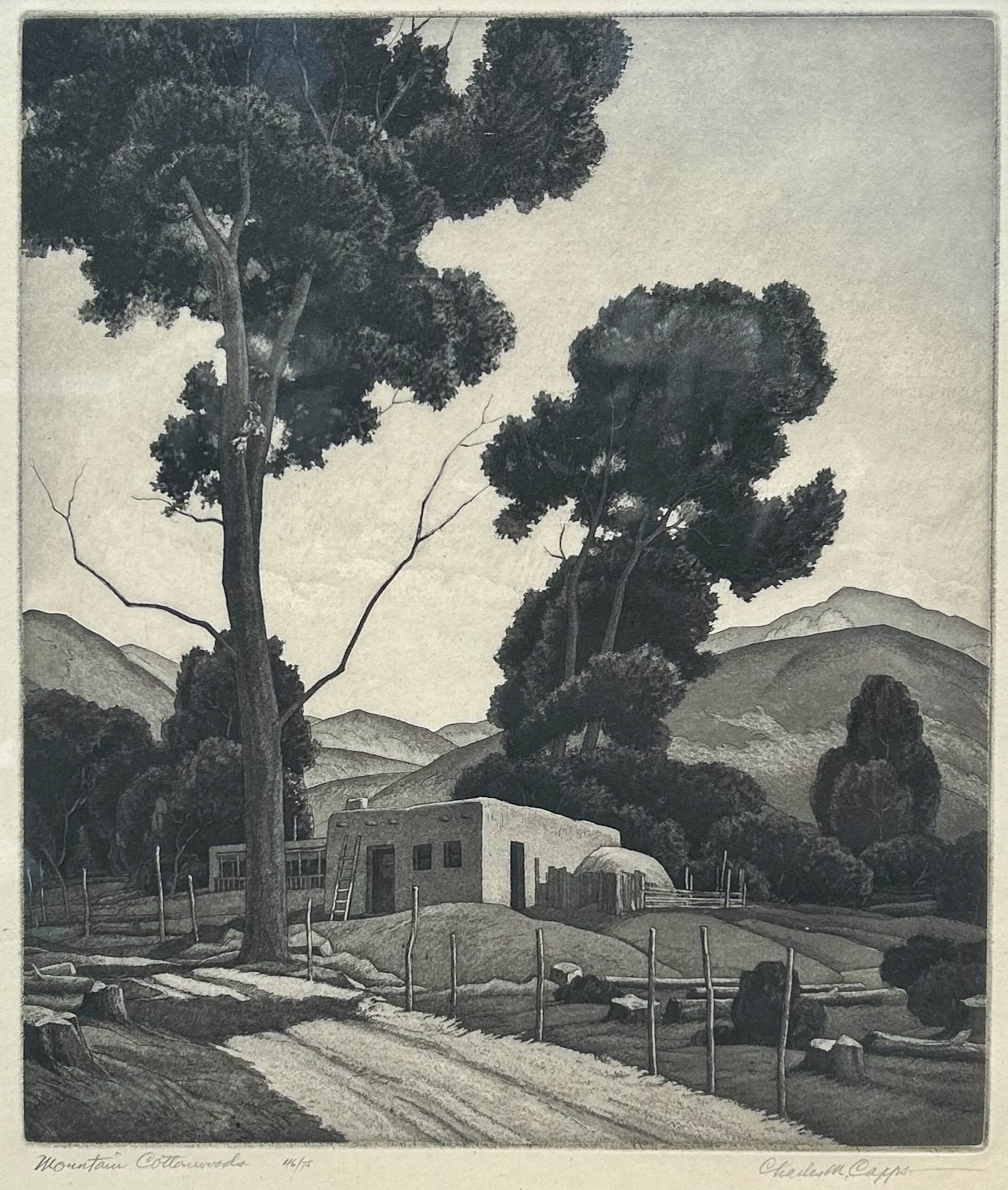I haven’t posted anything in a long while. I have two beautiful new aquatints for sale.
An aquatint is an etching made by dipping a metal plate, usually copper or zinc, in a nitric acid bath after an asphaltum coating and a rosin or paint frisket. This creates what is known as a “bite”. While many etchings are created with a stylus, the aquatint etching allows beautiful planar gradations. Typically aquatints offer a beautiful tonal range and extremely vivid blacks. I have created aquatints as an artist and it takes decades to attain the level of skill necessary to craft them in a competent manner, especially tonal gradation.
I have recently purchased two outstanding aquatints, by the Master of the aquatint Doel Reed N.A. (1894-1985) and his one time student Charles “Chili” Capps (1898-1981), longtime member of the Prairie Print Artists.
The Doel Reed print, Night in Garcia, 1937 ed. 20/25, is the only copy I have ever seen of this particular print, offered, in a collection or even institution. Who knows how many survived? I have talked to serious Reed collectors who have never seen it before. I have sold his prints for thirty years and have never seen it. It is a nocturne of a city in Mexico. This print literally took my breath away, it is absolutely exquisite with its rich blacks. Perfect shape with full margins, framed (and photographed through) museum glass.
Here is a short bio on Reed from AskArt:
Remembered as an important member of the Taos art community after 1960, Doel Reed achieved an international reputation as a landscape artist and printmaker, and as a master of aquatint. His paintings and aquatints were earth-toned and geometric in style and featured architectural forms of the New Mexico landscape.
He was born in Logansport, Indiana, and from 1924 until 1959, chaired the art department at Oklahoma State University. Then he moved to Talpa, near Taos, New Mexico where he and his family had been spending many summers and he had done and he did much sketching in Arizona and New Mexico, especially the countryside and pueblos near Talpa. His method of working was to sketch in the field and then complete the paintings in his studio.
He first pursued architecture but enjoying drawing, enrolled at the Art Academy of Cincinnati from 1916 to 1917 and 1919 to 1920. He served in World War I and was gassed and temporarily blinded. After months in base hospitals in France, he returned to the Art Academy and became interested in graphics. However, in those days, there were few schools specializing in that subject, so he was largely self taught. In 1952, he was elected to the National Academy of Design.
He wrote a book, Doel Reed Makes an Aquatint, published 1965, and known for oils and caseins, he earned much fame from his aquatints.
The Capps print, Mountain Cottonwoods is from 1956 ed. 46/75. It shows the tonal control and mastery that made Charles Capps a master at his craft and is acknowledged by many as his tour de force.
I sold this particular print about twenty five or years ago and bought it back when my client passed away. It is framed in a beautiful period frame.
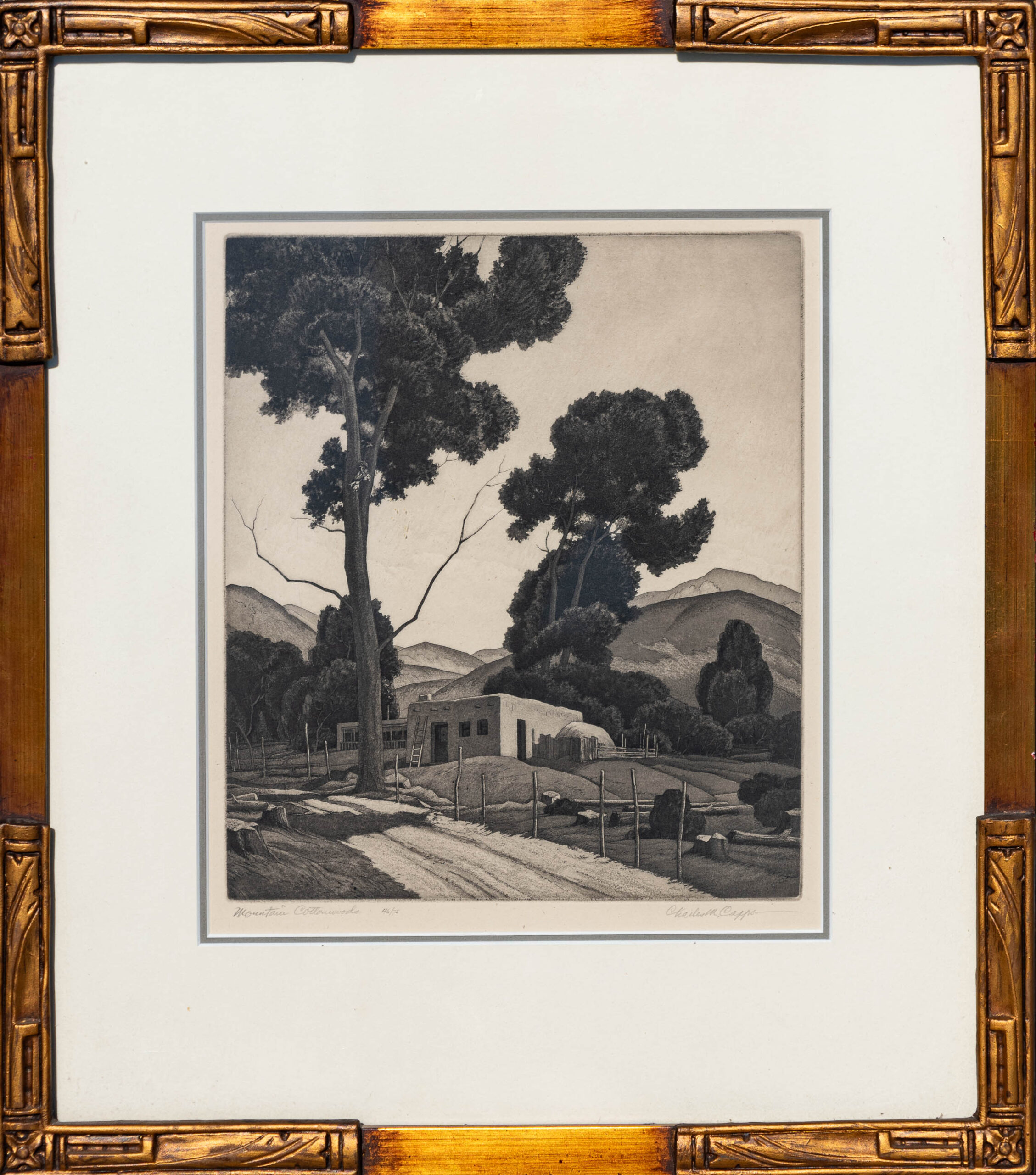
Here is a brief Capps bio and comments on this particular print from the Wichita Museum:
Charles Capps was a major figure in regional and national print circles from the 1930s through the 1960s. He was a charter member of the Prairie Print Makers Society, founded by ten Kansas artists in 1930, an organization that grew to national stature before its demise in 1965. He, like the majority of his fellow Prairie Print Makers, described and interpreted the character of ordinary American places in the tradition begun by such artists as Charles Burchfield and Edward Hopper. During the 1940s and ‘50s Capps regularly spent summers in Santa Fe and Taos, New Mexico where he compiled sketches, photographs, and journals that provided him later with source material for prints. Mountain Cottonwoods derives from a sketch made of a dwelling located outside Taos.
In Mountain Cottonwoods, the two cottonwood trees for which the print is named rise in majestic silhouettes against the clear New Mexico sky, one tree so tall that its foliage reaches beyond the framing edge of the picture image. The wonderfully eccentric, swift linear contours of the foliage and the thin sharp lines of two slender branches etched against the sky prove an exciting foil to the slow, rounded curves of the hills and shrubs below.
The viewer imaginatively approaches the central subject from below, along a road that leads into the left foreground. From this vantage point he looks up to see a simple, square adobe farmhouse with a hay bin positioned against a wall on the sun side and some outbuildings located behind the main house in the shadows. Print maker Charles Capps typically employed this classic formula of a dramatic viewpoint, the reduction of details to a few large simple shapes, and the sharp contrast of dark shadows and bright highlights to instill ordinary architectural structures and landscape, whether it was northern New Mexico or south central Kansas, with a sense of grandeur and mystery.
However, even more striking than the composition, was Capps’s virtuoso handling of aquatint. From about 1937, when he first began to work in etching, Capps concentrated upon mastery of the aquatint technique. By the early 1940s he had perfected his ability to put a subtle range of tones into play to create intimations of texture as well as gradations of light. In Mountain Cottonwoods Capps used tonal variations in the aquatint to depict the rough surface of the dirt road, alternating zones of rock and foliage on the distant mountains, and the delicate wispy edges of nearly invisible clouds gathered at the horizon line. Beyond descriptive details, Capps’s nuanced layering of gray tones often created a psychological effect of moodiness even in a sunlit scene such as Mountain Cottonwoods.
